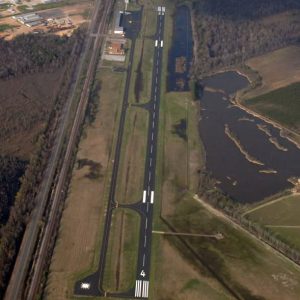 Dexter B. Florence Memorial Field
Dexter B. Florence Memorial Field
Entry Type: Place - Starting with D
 Dexter B. Florence Memorial Field
Dexter B. Florence Memorial Field
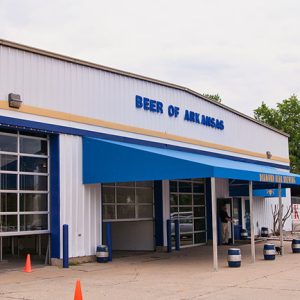 Diamond Bear Brewery
Diamond Bear Brewery
Diamond Cave
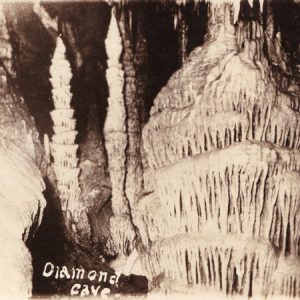 Diamond Cave Postcard
Diamond Cave Postcard
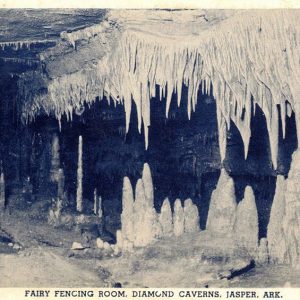 Diamond Cave
Diamond Cave
Diamond City (Boone County)
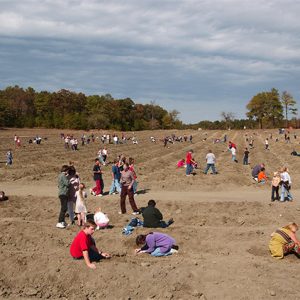 Diamond Field
Diamond Field
 Diamond Washing
Diamond Washing
Diaz (Jackson County)
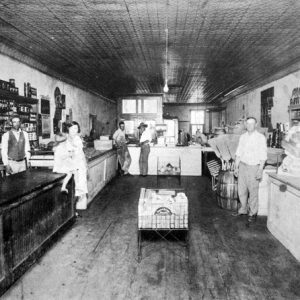 Dick Evans Store
Dick Evans Store
 Dickey-Stephens Infield
Dickey-Stephens Infield
 Dickey-Stephens Park Entrance
Dickey-Stephens Park Entrance
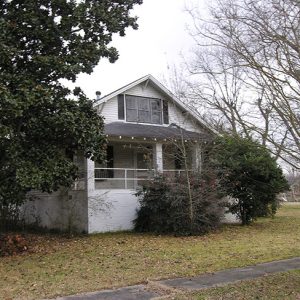 Dickinson-Moore House
Dickinson-Moore House
Dierks (Howard County)
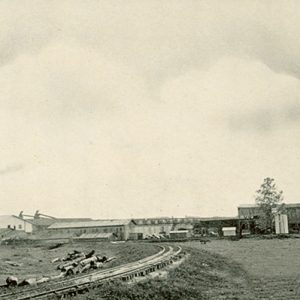 Dierks Lumber Mill
Dierks Lumber Mill
 Dierks Lumber and Coal Co.
Dierks Lumber and Coal Co.
 Dierks Mill
Dierks Mill
 Dierks Street Scene
Dierks Street Scene
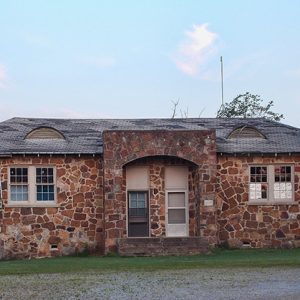 Dill School
Dill School
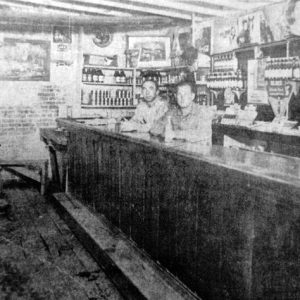 Dipsey Doodle
Dipsey Doodle
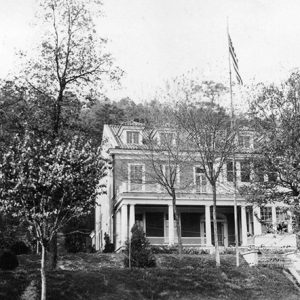 Director’s Residence
Director’s Residence
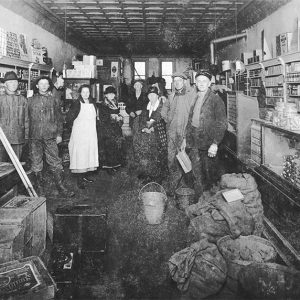 Dixon's Grocery
Dixon's Grocery
Dobyville (Clark County)
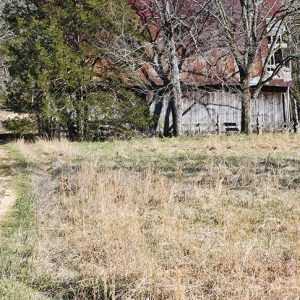 Doc Rice Barn
Doc Rice Barn
 Dockery Airport
Dockery Airport
 Dodd Hole and Falls
Dodd Hole and Falls
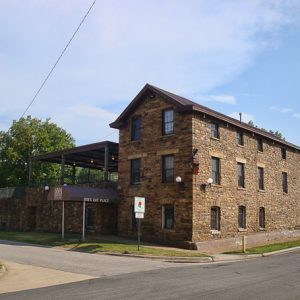 Doe's Eat Place
Doe's Eat Place
Dogpatch USA
 Dogpatch USA
Dogpatch USA
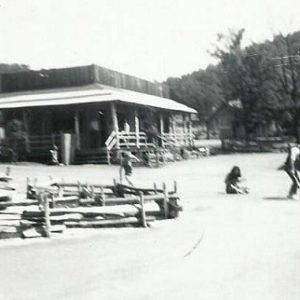 Dogpatch USA Performers
Dogpatch USA Performers
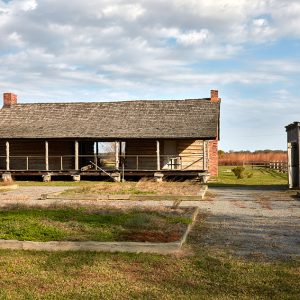 Dogtrot Cabin
Dogtrot Cabin
Dollarway Road
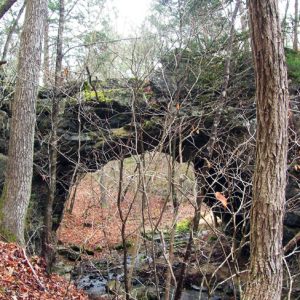 Dolph Natural Bridge
Dolph Natural Bridge
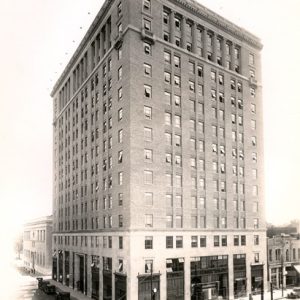 Donaghey Building
Donaghey Building
Donaldson (Hot Spring County)
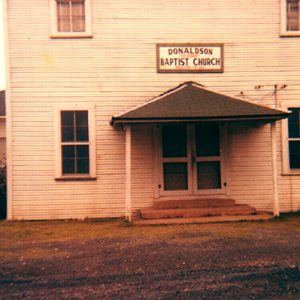 Donaldson Baptist Church
Donaldson Baptist Church
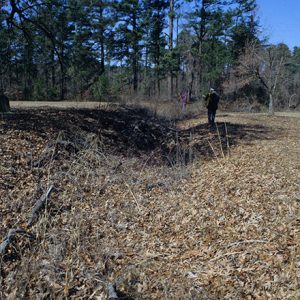 Dooley's Ferry Fortifications
Dooley's Ferry Fortifications
Dooley’s Ferry Fortifications Historic District
Dota (Independence County)
Dover (Pope County)
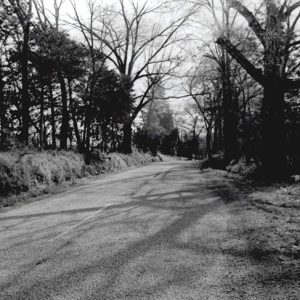 Dover to Clarksville Road
Dover to Clarksville Road
Dowdy (Independence County)
 Dowdy Building
Dowdy Building
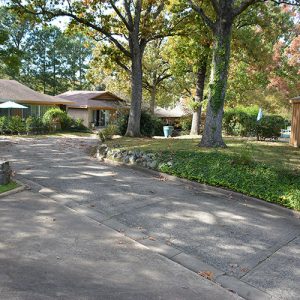 Downs Historic District
Downs Historic District
Downs Historic District
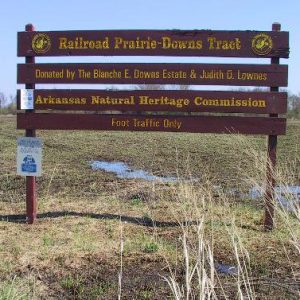 Downs Prairie Natural Area
Downs Prairie Natural Area
 Ed W. Dozier House
Ed W. Dozier House
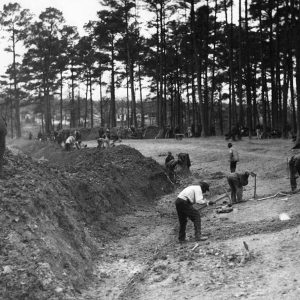 Drainage Operations
Drainage Operations
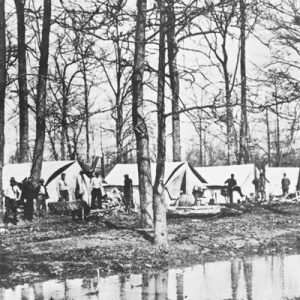 Drainage Survey Camp
Drainage Survey Camp
 Drake Field
Drake Field




